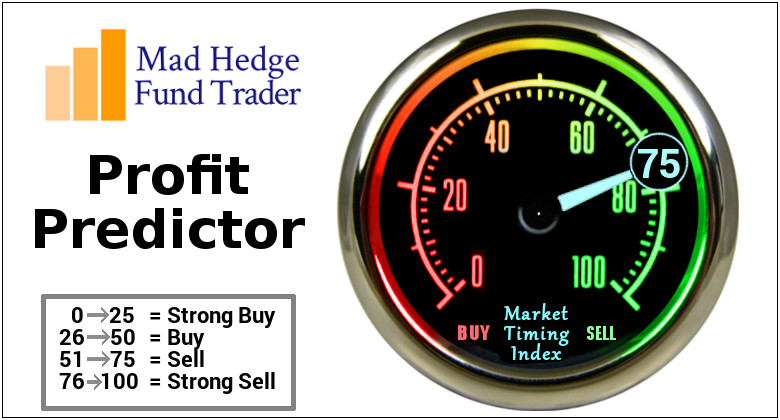Global Market Comments
July 25, 2025
Fiat Lux
Featured Trade:
(FRIDAY, AUGUST 22 INCLINE VILLAGE, NEVADA STRATEGY DINNER)
(WHAT AI CAN AND CAN’T DO FOR YOU)
(AAPL), (GOOGL), (AMZN), (AMZN), (TSLA), (NVDA), (MU)

Global Market Comments
July 25, 2025
Fiat Lux
Featured Trade:
(FRIDAY, AUGUST 22 INCLINE VILLAGE, NEVADA STRATEGY DINNER)
(WHAT AI CAN AND CAN’T DO FOR YOU)
(AAPL), (GOOGL), (AMZN), (AMZN), (TSLA), (NVDA), (MU)

Global Market Comments
July 21, 2025
Fiat Lux
Featured Trade:
(MARKET OUTLOOK FOR THE WEEK AHEAD, or THE CASE OF THE MISSING TARIFFS)
($VIX), (MSFT), (GOOGL), (META), (SPY), (QQQ), (CSCO), (TSLA), (AMGN), (MSTR), (AAPL)
Global Market Comments
July 16, 2025
Fiat Lux
Featured Trade:
(WHY TECHNICAL ANALYSIS NEVER WORKS)
(FB), (AAPL), (AMZN), (GOOG), (MSFT), (VIX)
Global Market Comments
July 15, 2025
Fiat Lux
SPECIAL EARLY RETIREMENT ISSUE
Featured Trade:
(HOW TO JOIN THE EARLY RETIREMENT STAMPEDE)
(TESTIMONIAL)
Global Market Comments
July 14, 2025
Fiat Lux
Featured Trade:
(MARKET OUTLOOK FOR THE WEEK AHEAD, or DON’T FIGHT THE BUBBLE)
(AAPL), (GOOGL), (META), (NVDA), (MSFT), (XOM), (WFC), (TSLA), (AMG)
Global Market Comments
July 2, 2025
Fiat Lux
SPECIAL ISSUE ABOUT THE FAR FUTURE
Featured Trade:
(PEAKING INTO THE FUTURE WITH RAY KURZWEIL),
(GOOG), (INTC), (AAPL), (TXN)
Global Market Comments
June 30, 2025
Fiat Lux
Featured Trade:
(MARKET OUTLOOK FOR THE WEEK AHEAD, or THE LOOKING GLASS MARKET)
(SPY), (GLD), (CRCL), (CRWD), (PANW), (FTNT), (ZS), (AVGO), (DHI), (KBH), (LEN), (PHM), (MSTR), (TSLA), (BA), (WPM), (AAPL), (TLT), (QQQ), (SPY)
Global Market Comments
June 27, 2025
Fiat Lux
Featured Trade:
(A BUY WRITE PRIMER),
(AAPL)
Global Market Comments
June 9, 2025
Fiat Lux
Featured Trade:
(MARKET OUTLOOK FOR THE WEEK AHEAD, or THE BLIND MAN’S MARKET)
(GOOGL), (MSFT), (NVDA), (JPM), (V), (AAPL), (GLD), (MSTR), (SPY), (AAPL), (QQQ), (TLT), (WPM), (SLV), (SIL), (AGQ)
Global Market Comments
June 2, 2025
Fiat Lux
Featured Trade:
(MARKET OUTLOOK FOR THE WEEK AHEAD, or HEADING INTO STALL SPEED),
(GLD), (SPY), (MSTR), (AAPL), (QQQ), (TSLA), (SLV), (SIL), (WPM)
Legal Disclaimer
There is a very high degree of risk involved in trading. Past results are not indicative of future returns. MadHedgeFundTrader.com and all individuals affiliated with this site assume no responsibilities for your trading and investment results. The indicators, strategies, columns, articles and all other features are for educational purposes only and should not be construed as investment advice. Information for futures trading observations are obtained from sources believed to be reliable, but we do not warrant its completeness or accuracy, or warrant any results from the use of the information. Your use of the trading observations is entirely at your own risk and it is your sole responsibility to evaluate the accuracy, completeness and usefulness of the information. You must assess the risk of any trade with your broker and make your own independent decisions regarding any securities mentioned herein. Affiliates of MadHedgeFundTrader.com may have a position or effect transactions in the securities described herein (or options thereon) and/or otherwise employ trading strategies that may be consistent or inconsistent with the provided strategies.
